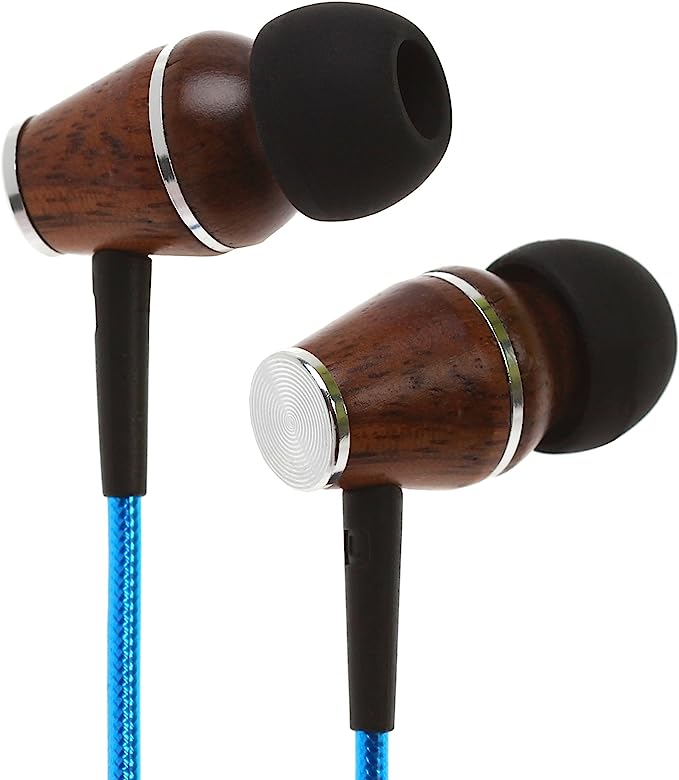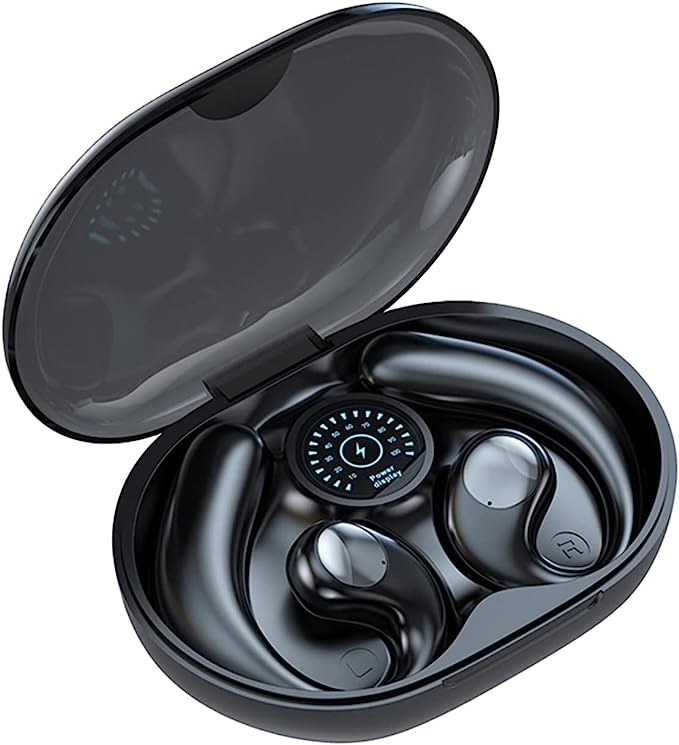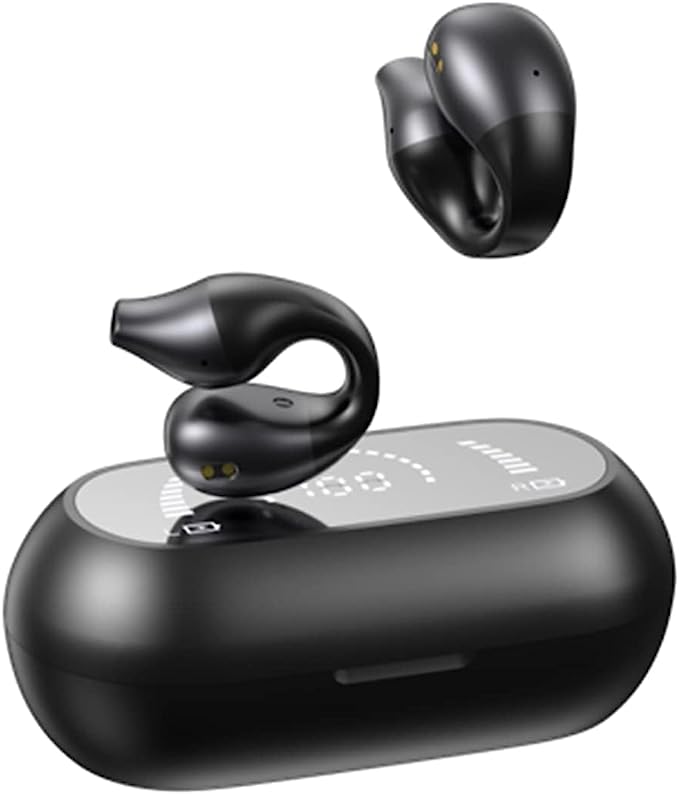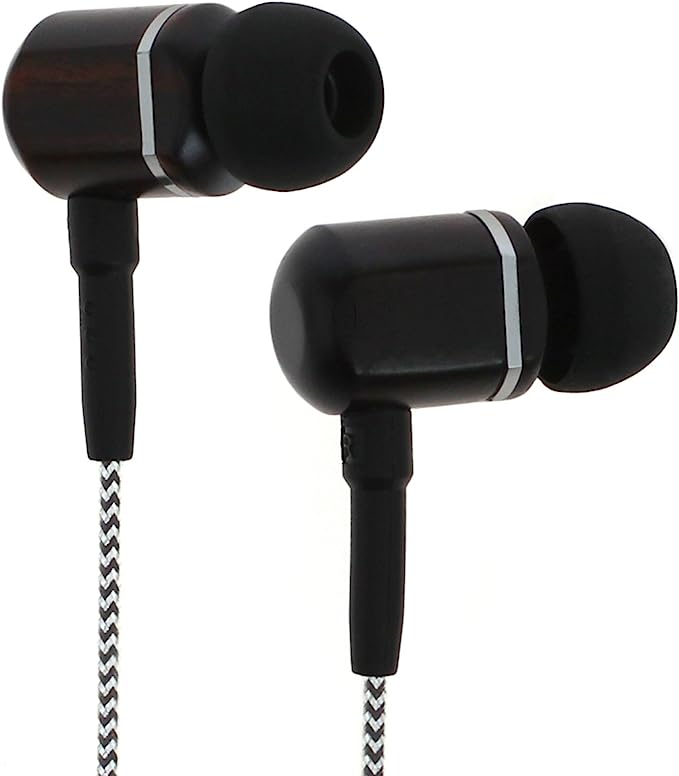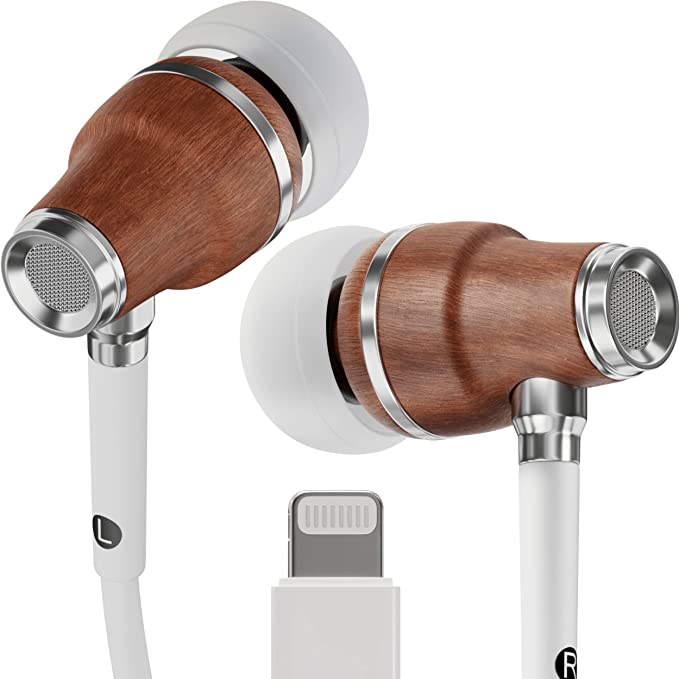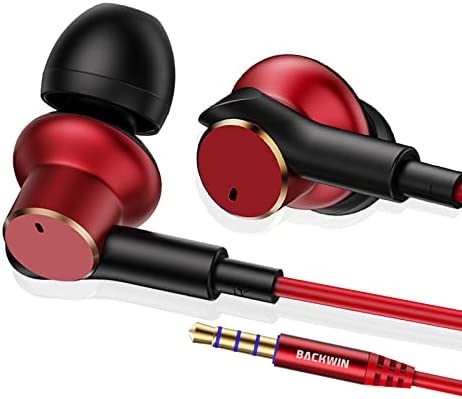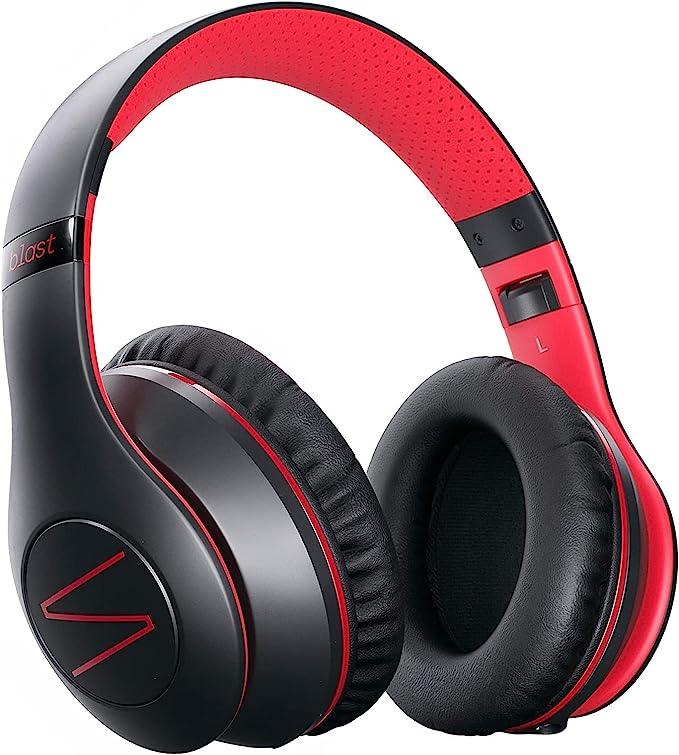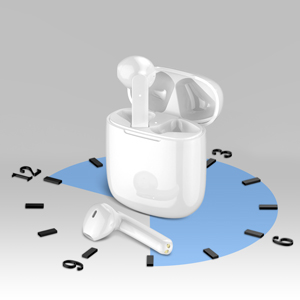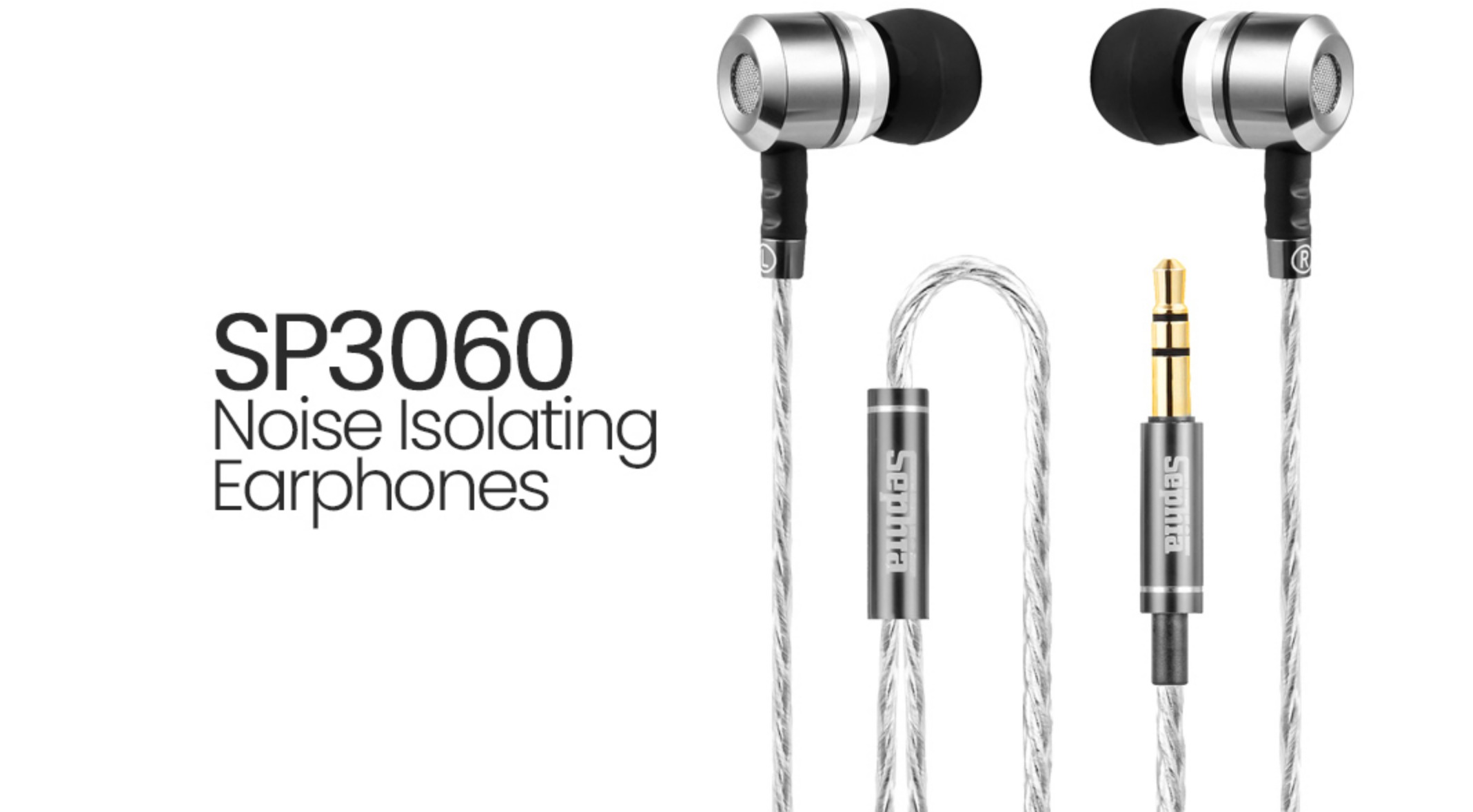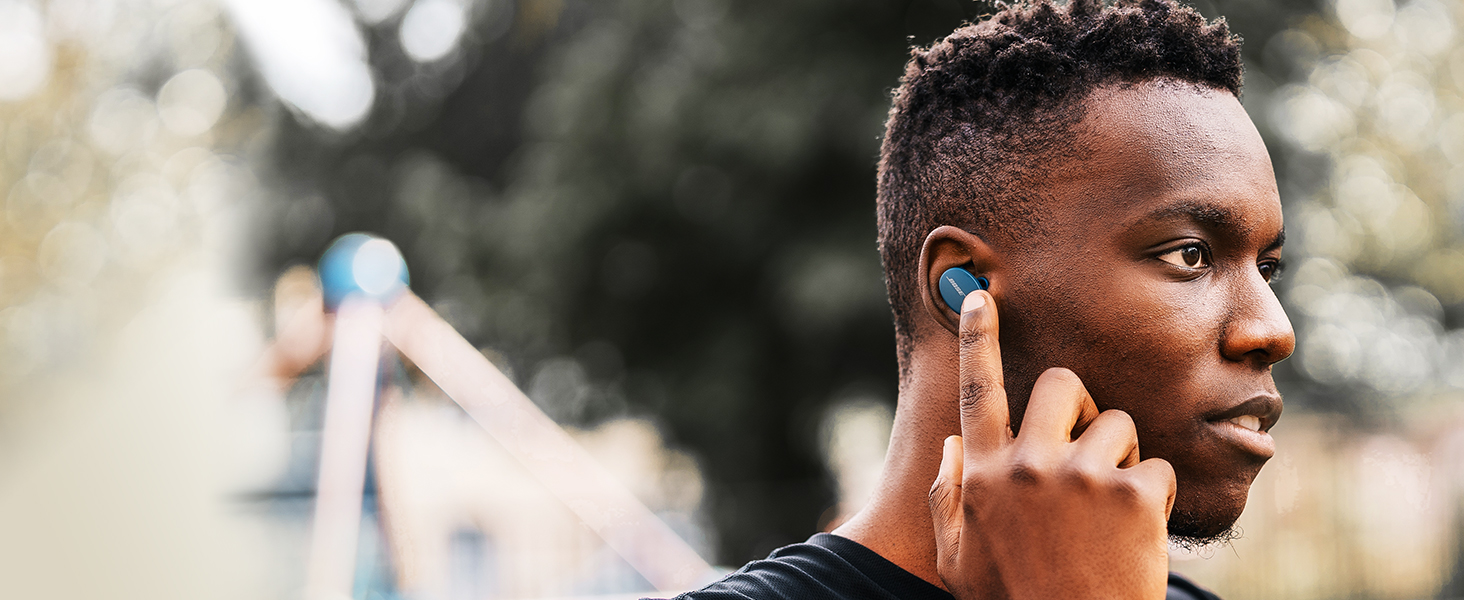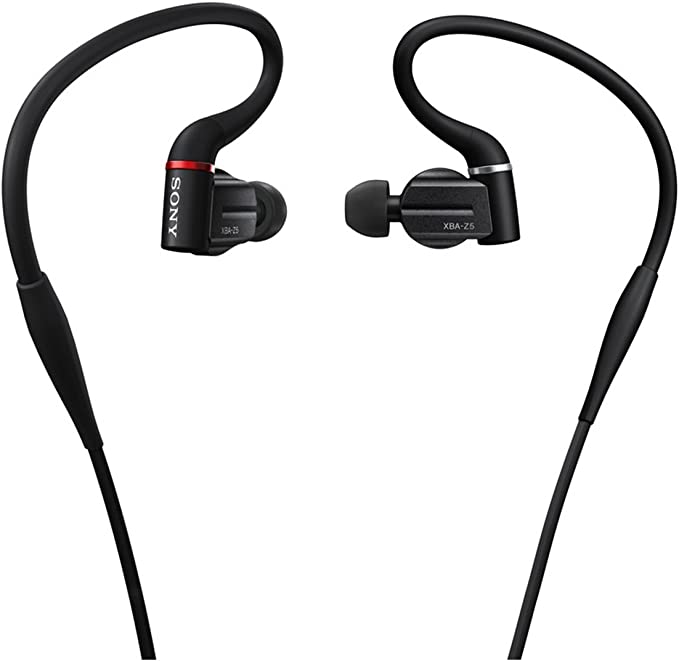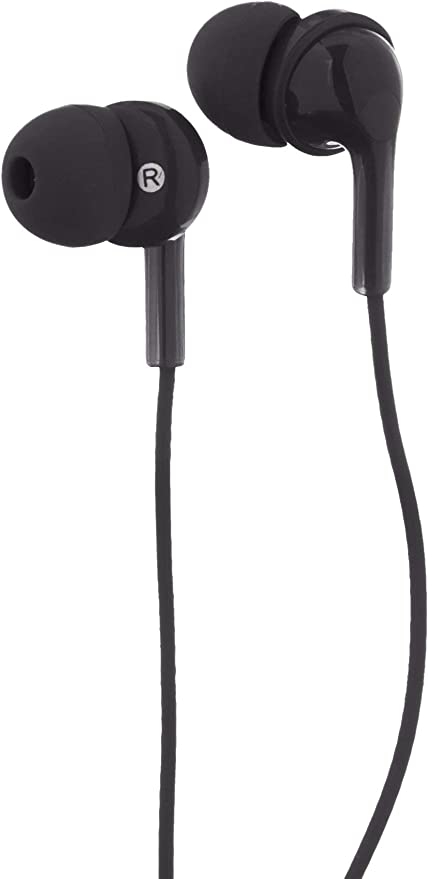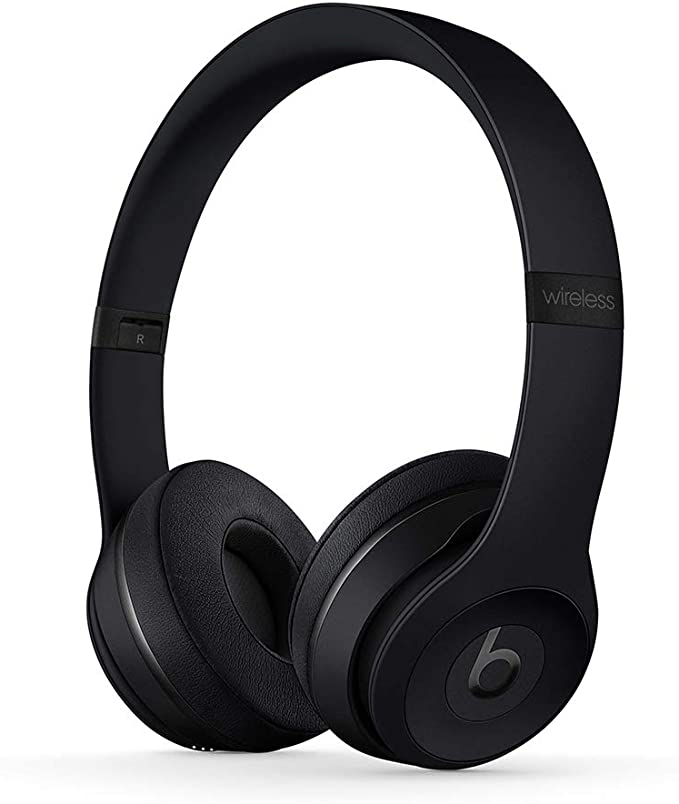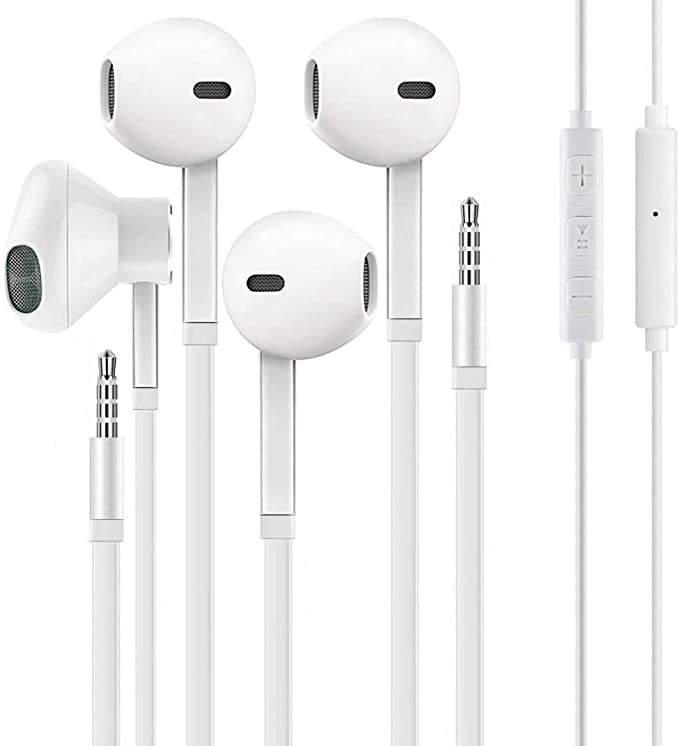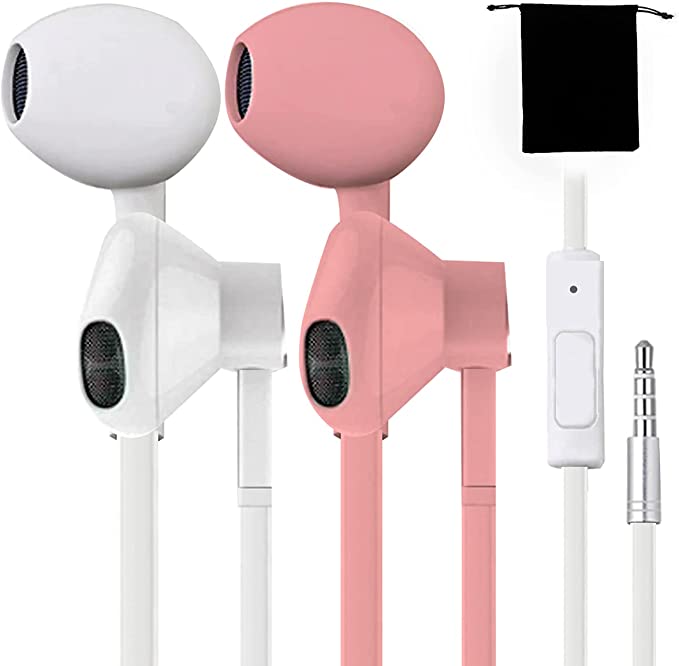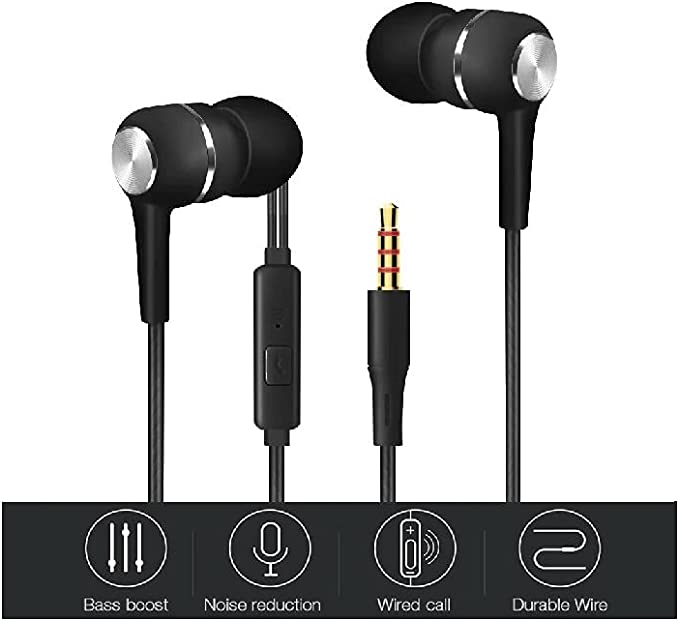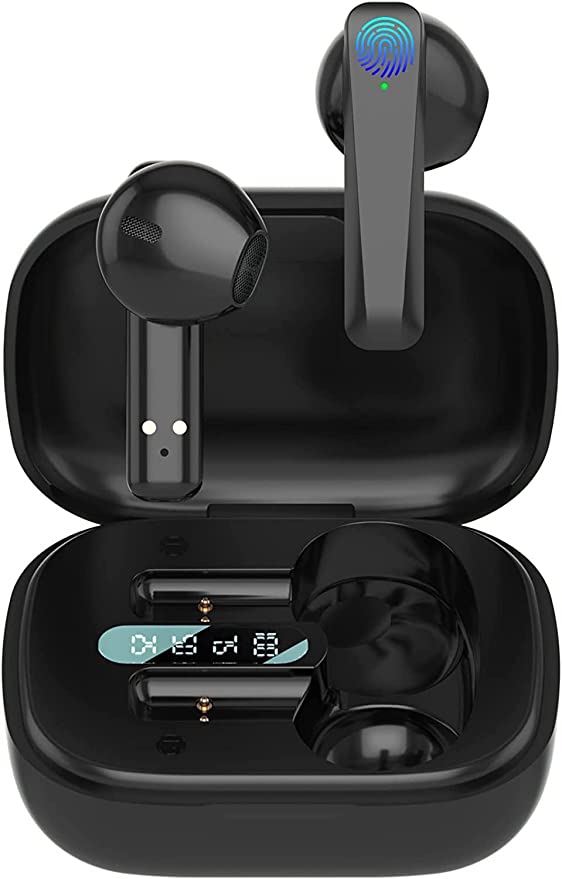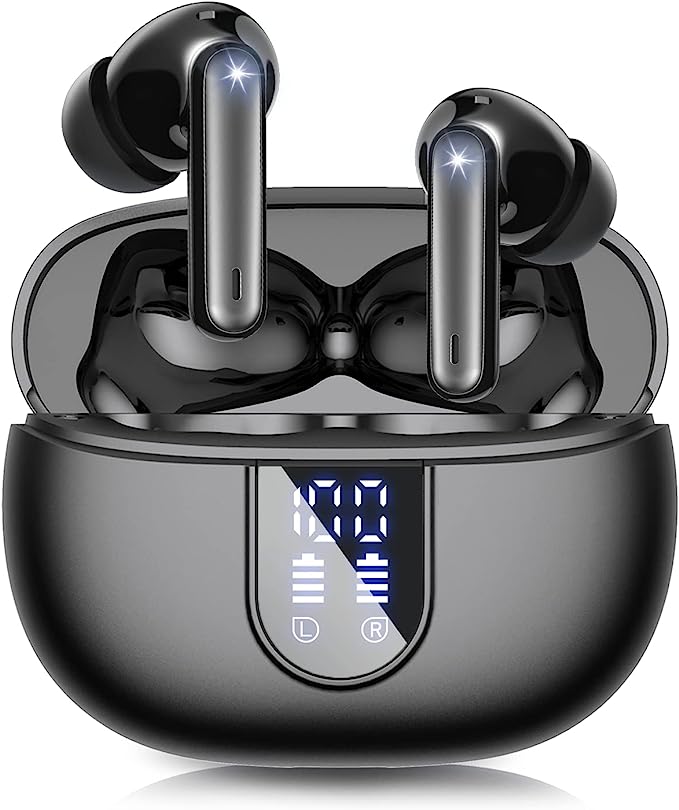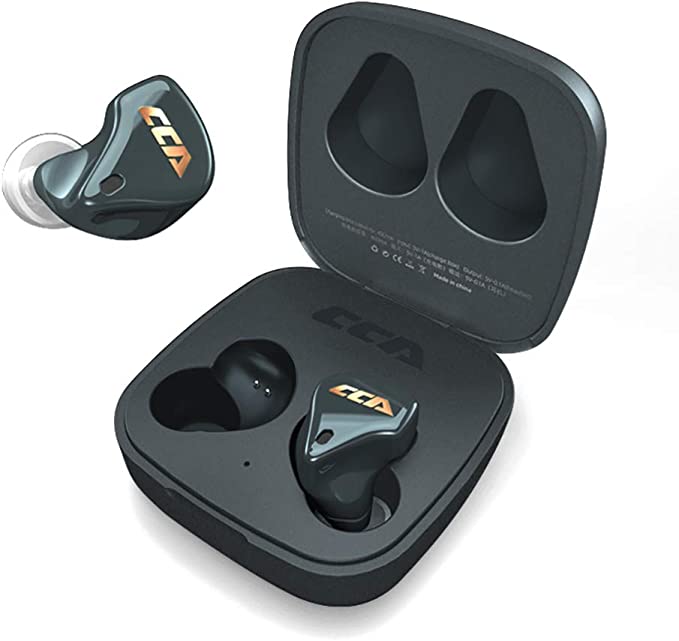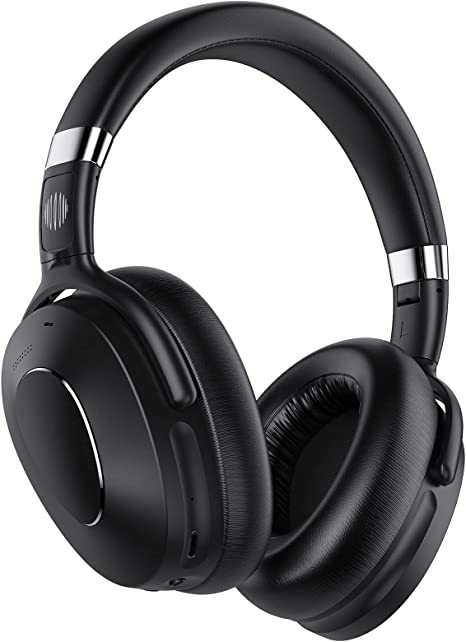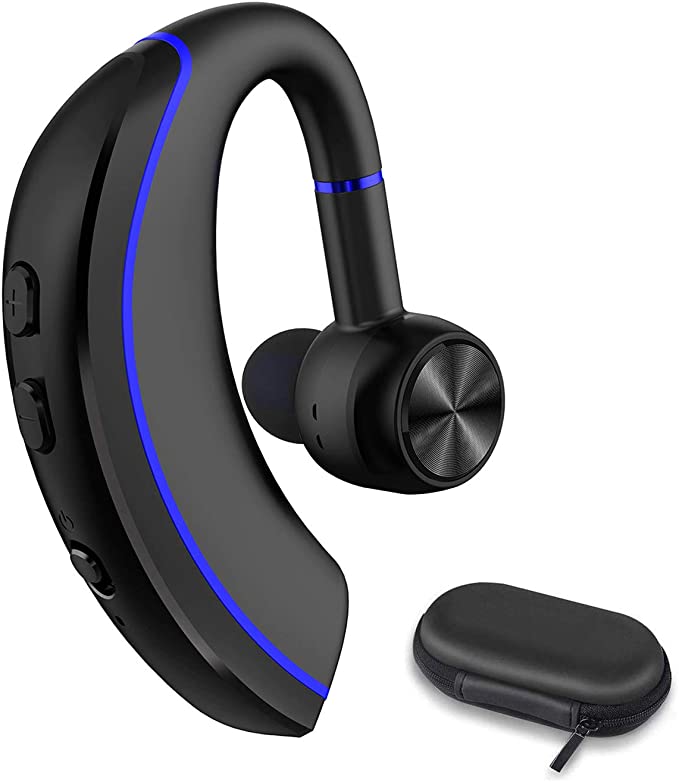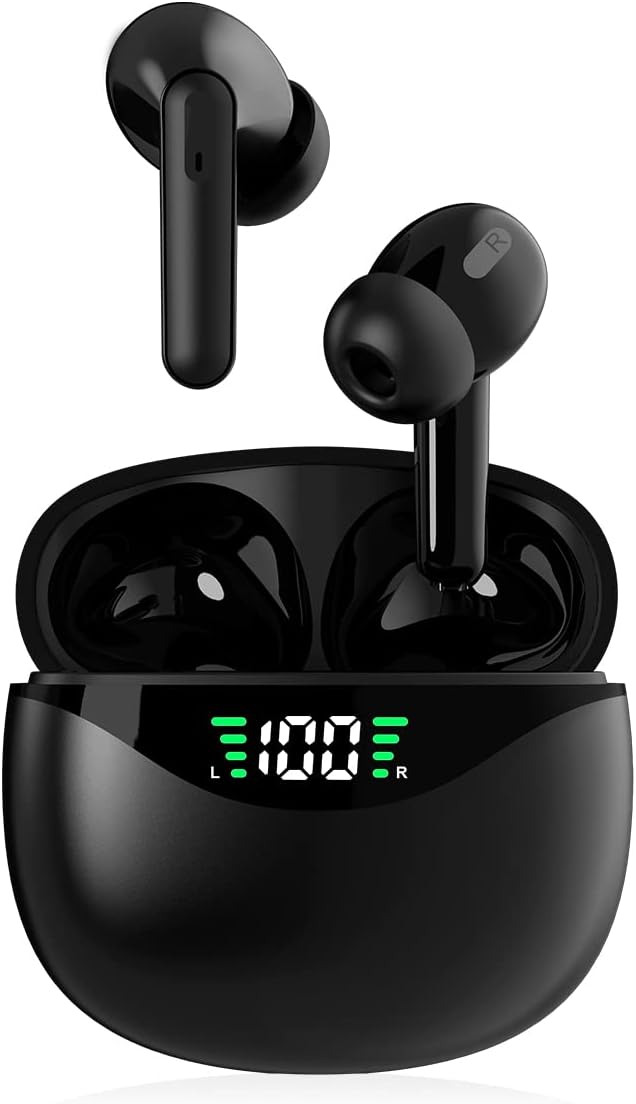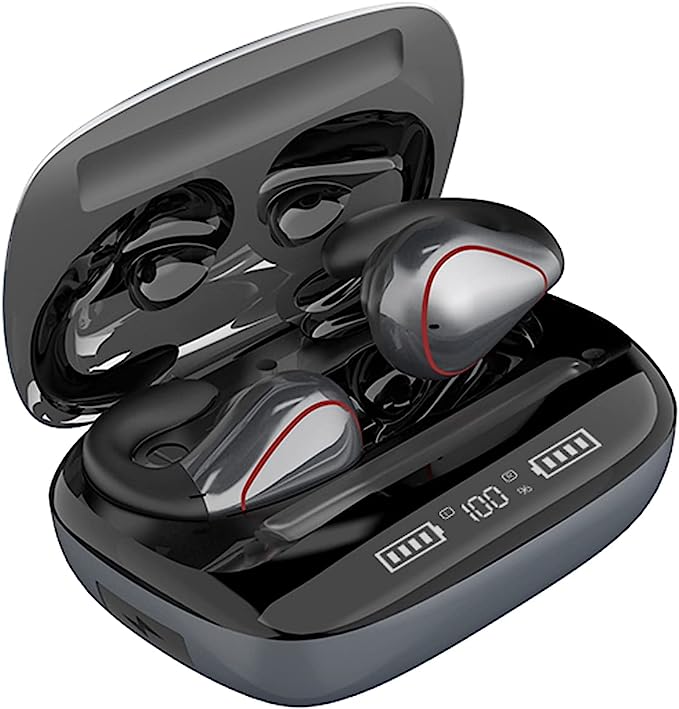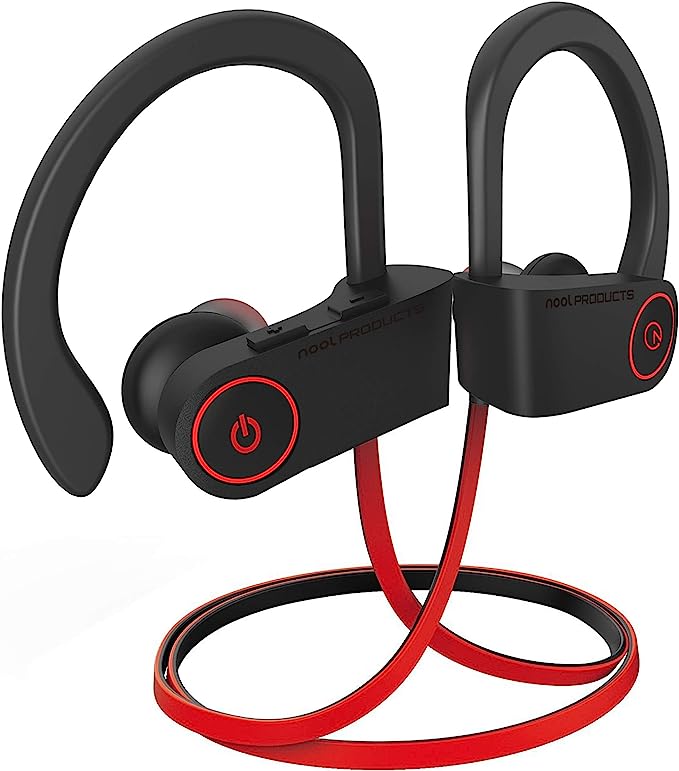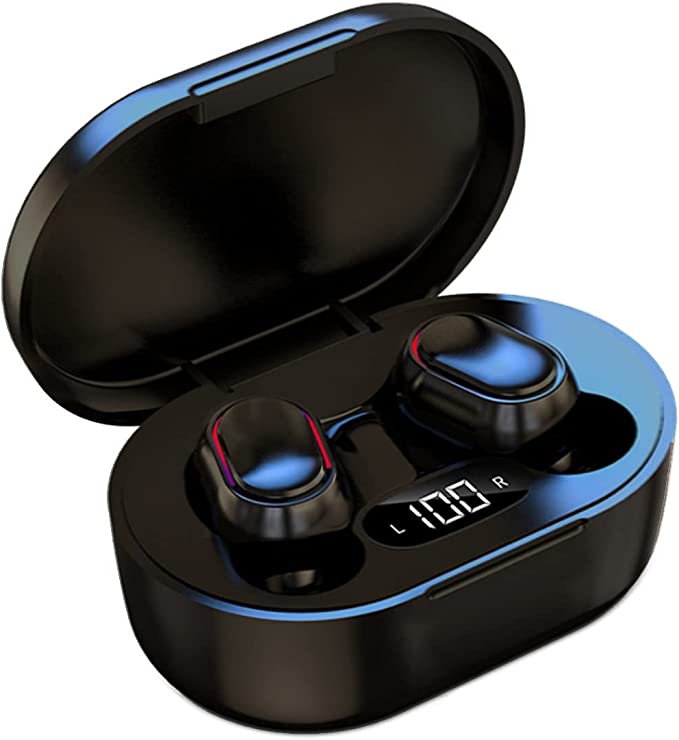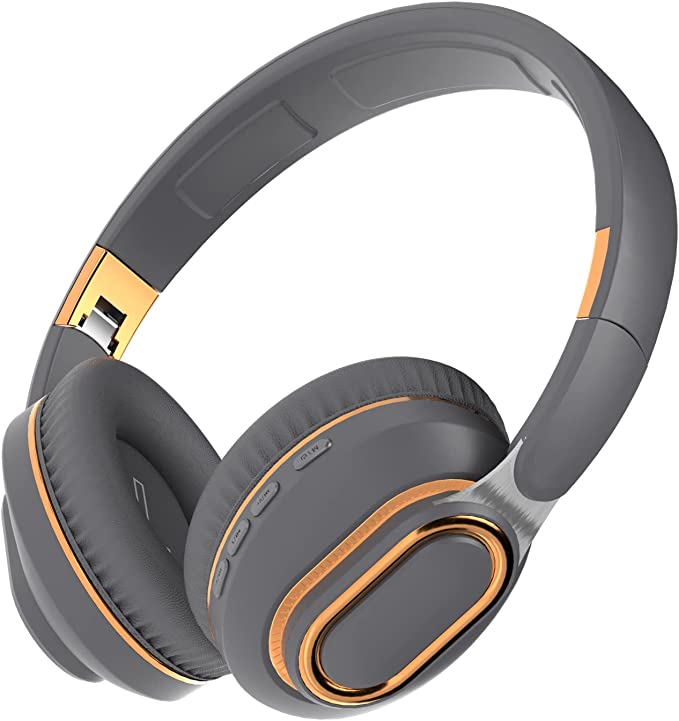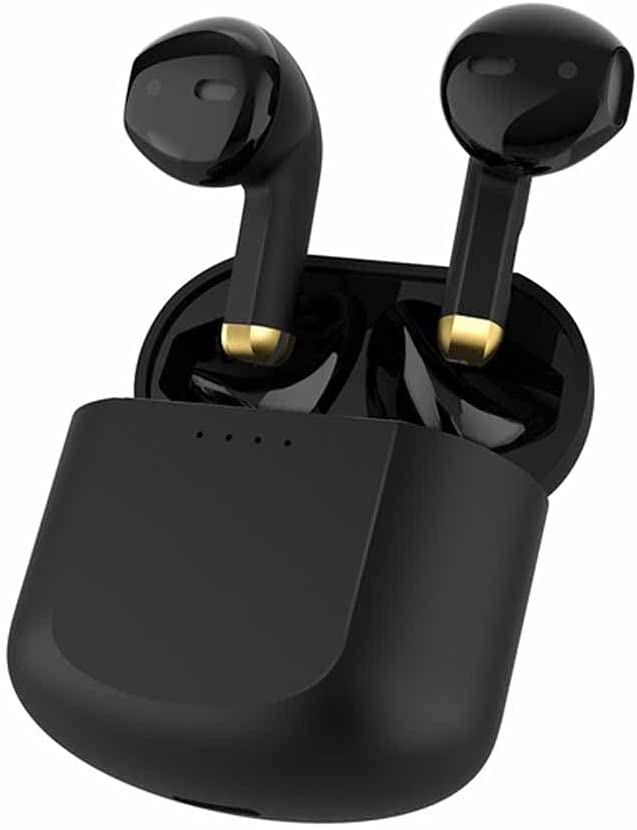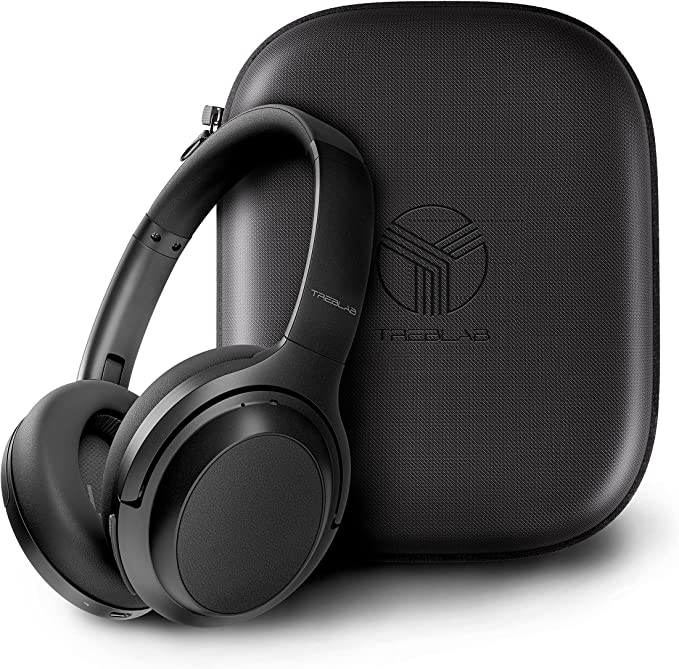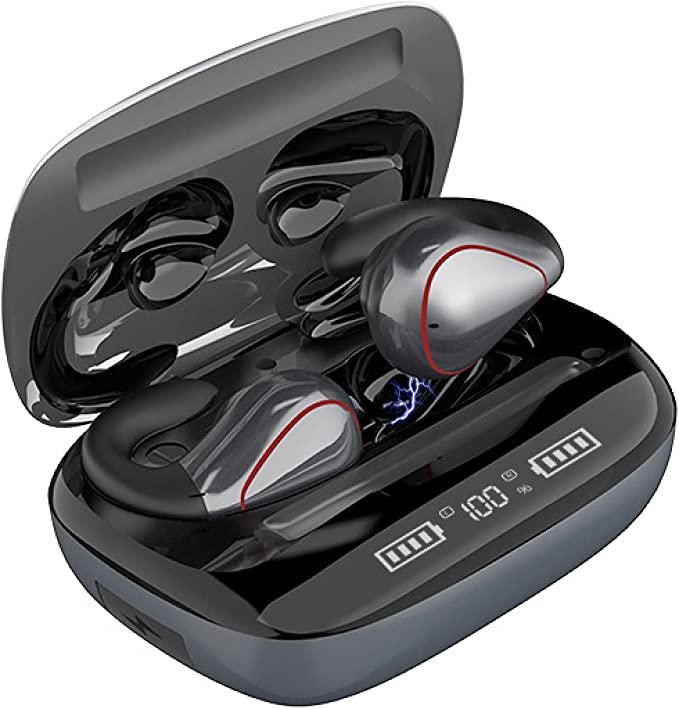Symphonized XTC Wireless Headphones: Experience Natural Sound with Wood
Update on March 8, 2025, 4:26 a.m.
The world is filled with a symphony of sounds, from the gentle rustling of leaves to the soaring melodies of an orchestra. As humans, we’re naturally drawn to sounds that feel organic, authentic, and resonant. There’s a certain warmth and richness to the sound of a wooden instrument, a quality that often feels lacking in the cold, sterile sounds produced by some modern technology. This is where the Symphonized XTC Wireless Wood In-ear Noise-isolating Headphones enter the scene, promising a listening experience that bridges the gap between the natural world and the digital age.
As an audio engineer, I’ve spent countless hours studying the intricacies of sound and the materials that shape it. I remember the first time I heard a violin crafted from centuries-old wood; the depth and complexity of its tone were breathtaking. It was an experience that solidified my understanding of wood’s unique acoustic capabilities. And it’s this very principle that underpins the design of the Symphonized XTC.
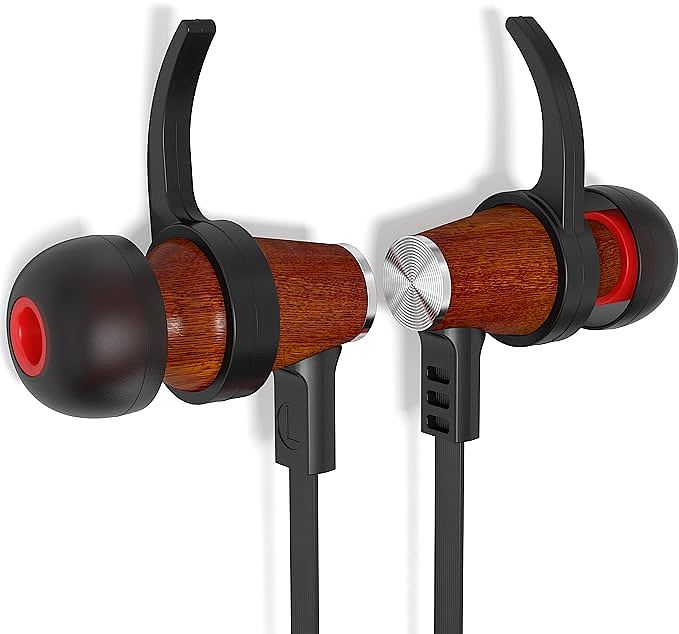
Wood: Nature’s Acoustic Marvel
For centuries, instrument makers have understood the profound impact of wood on sound. From the violins of Stradivarius to the grand pianos of Steinway, wood has been the cornerstone of musical craftsmanship. But what is it about this natural material that makes it so sonically superior? The answer lies in the science of sound itself.
Sound, at its essence, is vibration. When an object vibrates, it creates pressure waves that travel through the air. These waves reach our ears, where they’re translated into the sounds we perceive. The frequency of these waves determines the pitch (how high or low the sound is), while the amplitude determines the loudness. But the quality of the sound, its timbre, is shaped by a much more complex interplay of factors.
Wood’s unique cellular structure plays a critical role in shaping sound. Unlike uniform, synthetic materials like plastic, wood is composed of a complex network of fibers, pores, and vessels. This intricate structure affects how sound waves travel through and resonate within the material.
Three key physical properties of wood influence its acoustic behavior:
- Density: Denser woods, like ebony or rosewood, tend to transmit sound faster and with less damping (loss of energy). This results in a brighter, more resonant sound. Less dense woods, like spruce or cedar, tend to have a warmer, more mellow tone.
- Elasticity: This refers to a material’s ability to return to its original shape after being deformed. A more elastic wood will vibrate more freely, producing a louder and more sustained sound.
- Damping: Damping refers to the dissipation of vibrational energy within a material. High damping reduces resonance, resulting in a shorter, less sustained sound. Wood, with its complex internal structure, exhibits a moderate level of damping, which contributes to its warm, natural tone. It’s neither too “ringy” nor too “dead.”
The magic, however, truly comes alive when we consider the concept of a resonating chamber. Think of the body of a guitar or the soundbox of a piano. These hollow structures, typically made of wood, amplify and shape the sound produced by the vibrating strings. The shape, size, and material of the chamber all influence the resonant frequencies, creating the instrument’s unique tonal character.
The Symphonized XTC headphones cleverly utilize this principle. The wooden housing around the earphone drivers acts as a miniature resonating chamber. The wood vibrates sympathetically with the sound waves produced by the drivers, adding warmth, depth, and richness to the audio. This is a stark contrast to many plastic or metal earbuds, which often lack this resonant quality, resulting in a sound that can feel comparatively sterile or harsh.

Let’s consider a simple analogy. Imagine striking a tuning fork made of steel and then striking one made of wood. The steel fork will produce a clear, pure tone that quickly fades. The wooden fork (assuming it could be made to vibrate at a similar frequency) would produce a more complex, warmer tone with a longer sustain. This difference, albeit simplified, illustrates the fundamental acoustic advantage of wood. Mahogany, for instance, is known for its warm, balanced tonal characteristics with a slight emphasis on the lower-midrange frequencies. Maple, on the other hand, is known for its brighter, more articulate sound. Ebony is an extremely dense wood that adds sustain and clarity. While the specific wood used in the Symphonized XTC isn’t stated in the provided materials, the principle remains the same: the wooden housing contributes significantly to the overall sonic character.

The Symphonized XTC: Engineering Natural Sound
The Symphonized XTC isn’t just about slapping a piece of wood onto an earbud and calling it a day. It’s about thoughtfully integrating natural materials with modern audio technology. The design philosophy appears to center on creating a harmonious blend of the organic and the engineered.
The headphones utilize Bluetooth technology for wireless connectivity. While the provided materials don’t specify the Bluetooth version or supported codecs (like aptX or AAC), this is crucial information for assessing audio quality. Higher-quality codecs can transmit more audio data, resulting in better sound. Bluetooth, in essence, is a digital communication protocol that allows devices to exchange data wirelessly over short distances. In the context of headphones, your phone (or other audio source) encodes the music digitally and transmits it to the headphones, where it’s decoded and converted back into an analog signal that drives the speakers.
One of the key features highlighted is “noise-isolating.” It’s crucial to understand that this refers to passive noise isolation, not active noise cancellation (ANC). Passive noise isolation relies on the physical design of the earbuds – specifically, the snug fit of the ear tips in your ear canal – to block out external sounds. Think of it like plugging your ears with your fingers. The silicone ear tips (provided in three sizes: S, M, L) are designed to create a seal that minimizes the amount of ambient noise that reaches your eardrums.
Active noise cancellation, on the other hand, is a much more sophisticated technology. It uses microphones to sample the surrounding noise and then generates an “anti-noise” signal that cancels out the unwanted sounds. The Symphonized XTC headphones do not feature active noise cancellation. This is an important distinction, as some consumers might mistakenly assume that “noise-isolating” implies ANC.
The design of the ear tips themselves is also crucial for both comfort and sound quality. A good seal not only blocks out noise but also ensures that the bass frequencies are properly reproduced. A poor seal can result in a thin, weak sound. The inclusion of multiple ear tip sizes is a welcome feature, as everyone’s ear canals are slightly different.
The inline controls and microphone provide convenient functionality. You can adjust the volume, skip tracks, answer calls, and even activate voice assistants (like Siri or Google Assistant) without having to touch your phone. This is a standard feature on many wireless headphones, but it’s nonetheless an important one for usability.

Beyond the Specs: The Listening Experience
While technical specifications are important, they don’t tell the whole story. Ultimately, what matters most is how the headphones sound. Based on the available information, and the inherent properties of wood, we can expect the Symphonized XTC to have a warm, natural sound signature. The wooden housing should contribute to a rich, resonant bass response and a smooth, detailed midrange.
Imagine listening to your favorite acoustic guitar track. With the XTC, you might hear the subtle nuances of the strings vibrating against the wooden body of the instrument, the warmth of the wood resonating in your ears. Or, picture yourself listening to a jazz ensemble. The wooden housing might enhance the natural timbre of the saxophone and the double bass, creating a more immersive and lifelike listening experience.
Of course, the specific sound signature will also depend on the tuning of the drivers themselves. But the wood provides a foundation for a more organic and less “digital” sound than many purely plastic or metal earbuds.
The XTC headphones are designed to be versatile companions for various activities. During your commute, the passive noise isolation can help to block out the rumble of the bus or the chatter of fellow passengers, allowing you to focus on your music or podcast. At the gym, the secure fit (thanks to the ear tips and the around-the-neck design) ensures that the earbuds stay in place, even during intense workouts. At work, the clear microphone allows for clear communication during calls.
However, it’s important to be realistic about the limitations. User reviews mention potential issues with Bluetooth stability and battery life. Some users have reported occasional dropouts or difficulty connecting to their devices. This could be due to a variety of factors, including interference from other wireless devices or limitations in the Bluetooth chip used in the headphones. Battery life is another concern. While the exact battery capacity isn’t specified, some users have reported shorter-than-expected playtime. These are factors to consider, especially if you plan to use the headphones for extended periods without access to a charger. The control unit has a design that some users found hard to use without looking.

A Sustainable Choice?
The use of wood in the Symphonized XTC headphones raises an important question: is it a sustainable choice? The answer depends on the source of the wood. If the wood is harvested from responsibly managed forests, then it can be a renewable and environmentally friendly material. The provided materials do not specify the source of the wood used in the XTC headphones. This is an area where further information would be beneficial. Ideally, the company would be transparent about their sourcing practices, ensuring that they are not contributing to deforestation or other environmental problems.
Conclusion: The Harmony of Nature and Technology
The Symphonized XTC Wireless Wood In-ear Noise-isolating Headphones represent an intriguing fusion of natural materials and modern technology. The use of wood, with its inherent acoustic advantages, offers the potential for a richer, more organic listening experience compared to headphones made solely from synthetic materials. While the provided information lacks specifics on certain technical details (Bluetooth version, codec support, battery capacity, wood source), the overall concept is compelling.

The XTC headphones are not without their potential drawbacks, as evidenced by some user reviews mentioning Bluetooth connectivity and battery life concerns. However, for those seeking a unique listening experience that emphasizes natural sound and a connection to the organic world, the Symphonized XTC offers a compelling alternative to the mainstream. The enduring appeal of natural sound, combined with the convenience of wireless technology, makes these headphones a noteworthy contender in the crowded earbud market. The are a testament that, sometimes, the best way to move forward is to look back – to the timeless wisdom of nature’s design.
